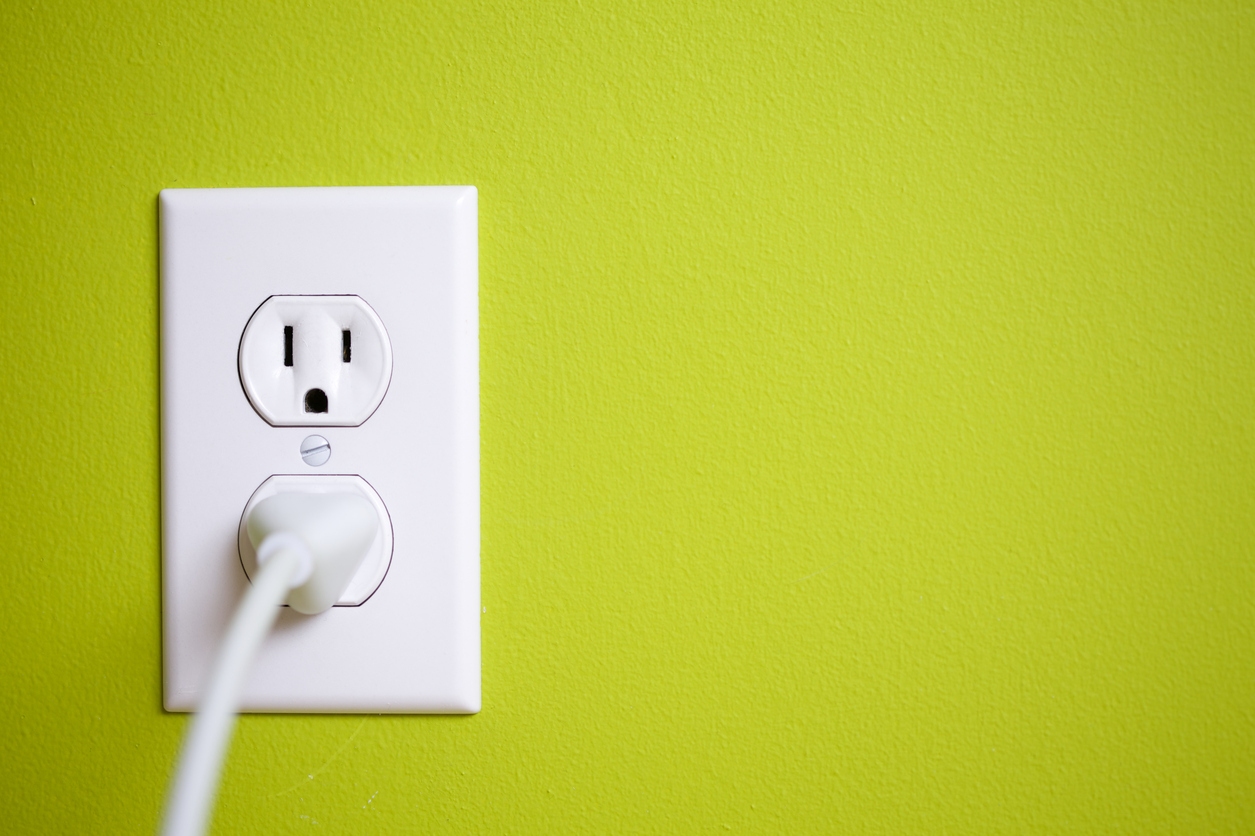One of the most confusing topics for homeowners is electricity. In old homes especially it is hard to know if your electrical system is up to date, and in a newer home, it can be difficult to determine what type of decisions you should make regarding the construction of your electrical system. If you are a homeowner who needs a little electricity 101, then this article is a good place to start. In it, we are going to walk through three different types of outlets and what they were made for. Are you ready to learn the answer to the question, “What type of outlet should you install in your home?”.

GFCI Outlets
GFCI Outlets are the most common outlets installed in a home and are the most recognizable to homeowners. GFCI stands for Ground Fault Circuit Interrupter. These outlets are designed to automatically turn off if there is a short circuit or a ground fault. If the outlet turns off, there is a button that the homeowner can push on the outlet that will reset it an enable it to be used again. GFCI outlets are positive because they efficiently help to eliminate fires or injuries to humans through the improper use of outlets.
20A Outlets
20A Outlets aren’t your normal outlet, but they are commonly seen throughout homes everywhere. These outlets are designed to carry a much heavier load than GFCI outlets and are often used for large appliances such as refrigerators, washers/dryers, and other large machinery in garages. If you want to know what a 20A outlet looks like, it can be easily identified by the “T” shape on the left prong side.
Smart Outlets
If you are ready to take your home to the next level, then smart outlets are the way to go. Smart outlets allow for the interconnectivity of outlets throughout the home and enable a homeowner to create a network of things inside the home that communicate with one another. Although these outlets are not the most commonly found in homes, they are quickly becoming popular and many homeowners are choosing to have them installed in their homes.
